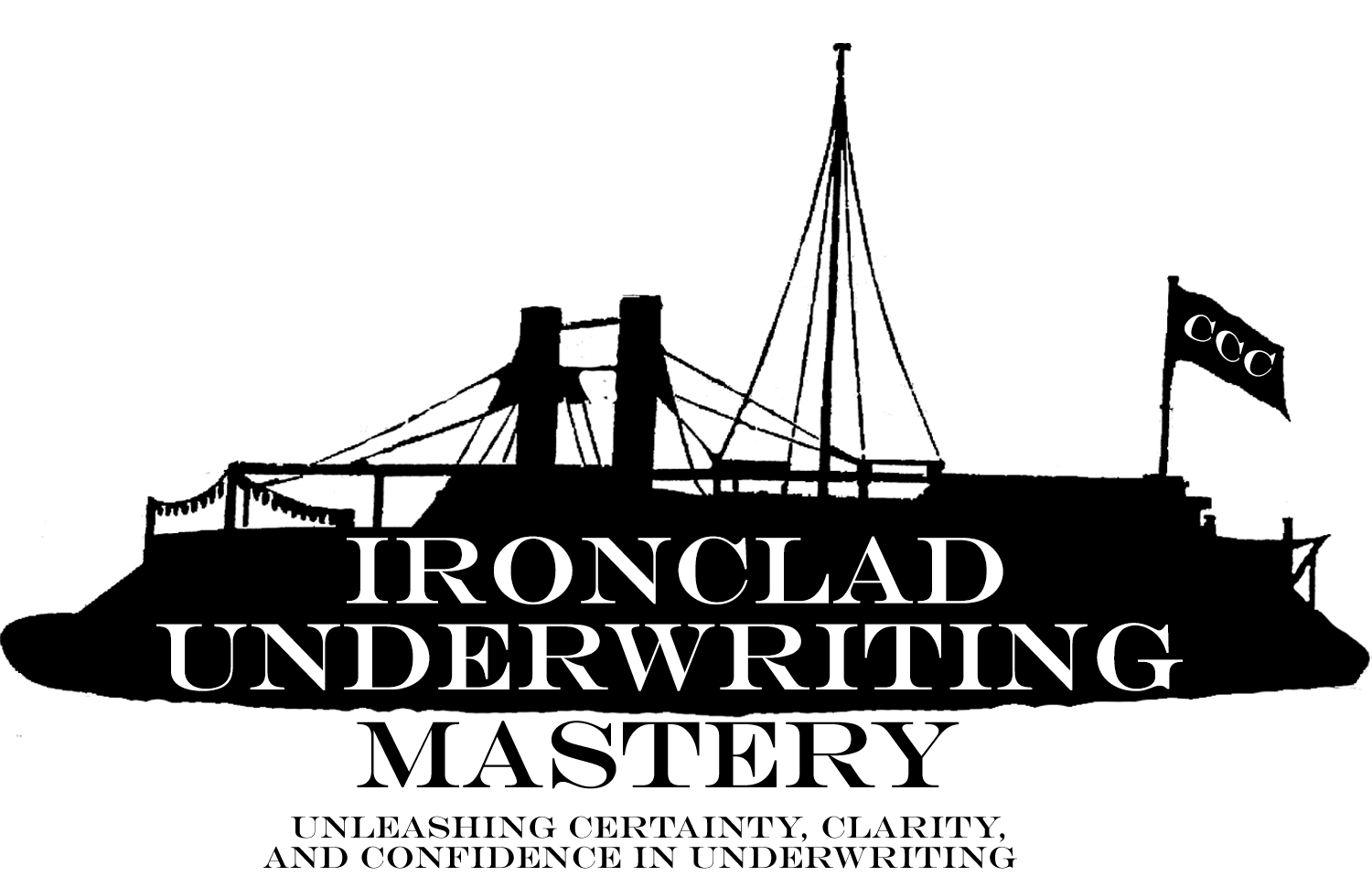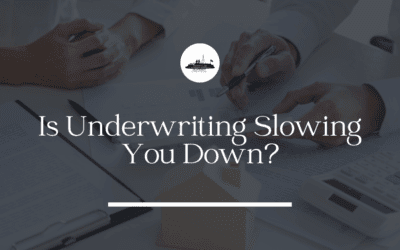Drawing from decades of experience and having underwritten hundreds of millions in commercial real estate deals, I’ve identified three critical errors that could either make or break your investments. By being aware of these pitfalls, you can fortify your strategies and ensure the success of your ventures.
Error #1: Underestimating Property Taxes
Underestimating property taxes is a common oversight that can have catastrophic consequences. Often, people use the T12 (trailing twelve months) taxes to estimate the first year’s taxes, but this approach can lead to unwelcome surprises.
Using the previous year’s tax figures might not account for significant tax assessment or rate changes. If property values in the area have increased or if the property is reassessed at a higher value, the actual taxes could be much higher than anticipated. This discrepancy can result in a worst-case scenario where you face a capital call or even foreclosure due to insufficient funds.
Tip: Always consult with a local tax advisor or property tax consultant to get an accurate estimate of future property taxes. Factor in potential increases and reassessments to avoid nasty surprises.
Error #2: Misjudging Insurance Costs
Similar to property taxes, insurance is a significant expense you do not want to underestimate. Insurance premiums can vary widely based on the property’s location, age, condition, and the types of coverage required. If you misjudge these costs, you may find yourself scrambling to raise additional capital just before closing to cover the premiums.
Failing to secure adequate insurance or underestimating the cost can jeopardize your deals. Not only could this oversight impact your cash flow, but it also leaves you vulnerable to risks such as natural disasters, liability claims, and other unforeseen events.
Tip: Engage with a knowledgeable insurance broker early in the process. Obtain detailed quotes and ensure you have comprehensive coverage tailored to the specific risks associated with the property. Regularly review and update your insurance policies to maintain adequate protection.
Error #3: Misunderstanding Key Assumptions
Many investors make the mistake of not fully understanding critical assumptions in their financial models. Key assumptions include:
- Rent Growth Rate: The rate at which you expect rents to increase over time.
- Expense Growth Rate: The anticipated increase in operating expenses.
- Exit Cap Rate: The capitalization rate at which you expect to sell the property.
- Resident Base: The demographics and stability of the tenant population.
Often, investors rely on model defaults instead of tailoring these assumptions to the specific market. This can lead to inaccurate projections and misguided investment decisions. Remember, what happens in Dallas-Fort Worth (DFW) does not necessarily apply to Central Florida. Each market has unique characteristics that must be considered.
Tip: Conduct thorough market research to inform your assumptions. Analyze local trends, economic conditions, and demographic data. Adjust your models to reflect the realities of the specific market to make informed decisions and mitigate risks.
Conclusion
Avoiding these common underwriting errors can significantly enhance the success of your commercial real estate investments. By accurately estimating property taxes and insurance costs, and by understanding and tailoring your key assumptions to the local market, you can protect your investments from unexpected challenges. Stay vigilant, seek expert advice, and continually refine your strategies to achieve long-term success in commercial real estate.
Stay tuned for more insights and tips on underwriting and investment strategies in future posts!




